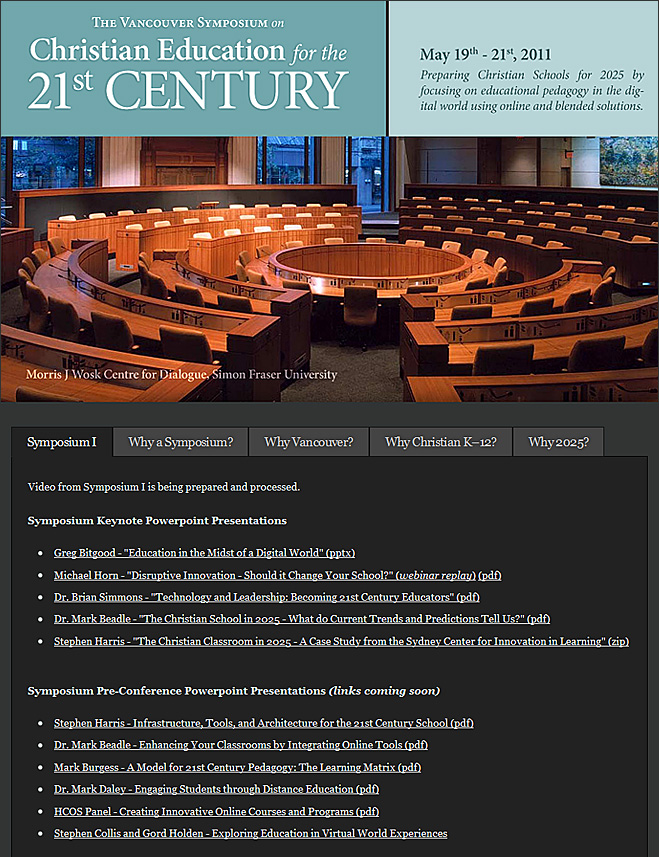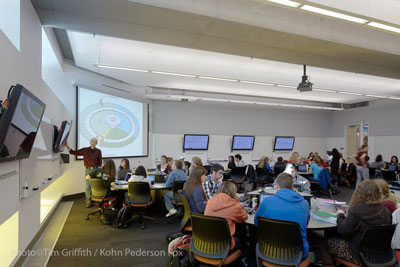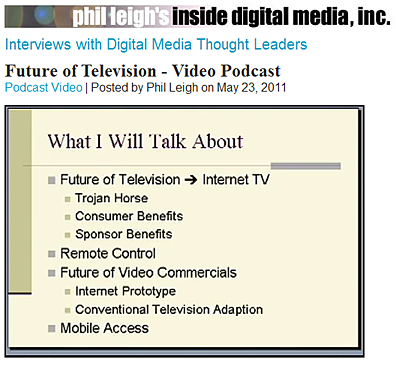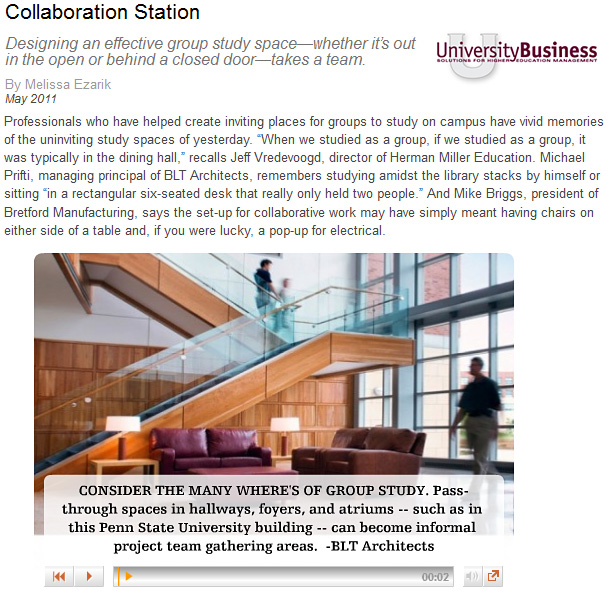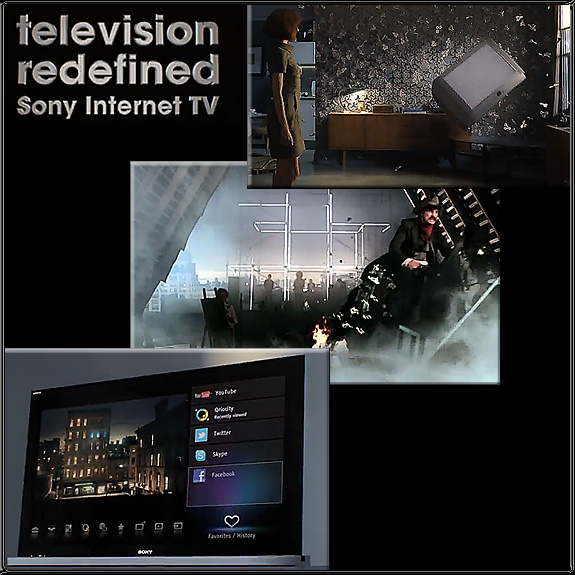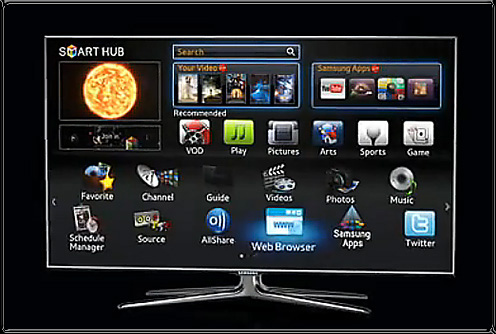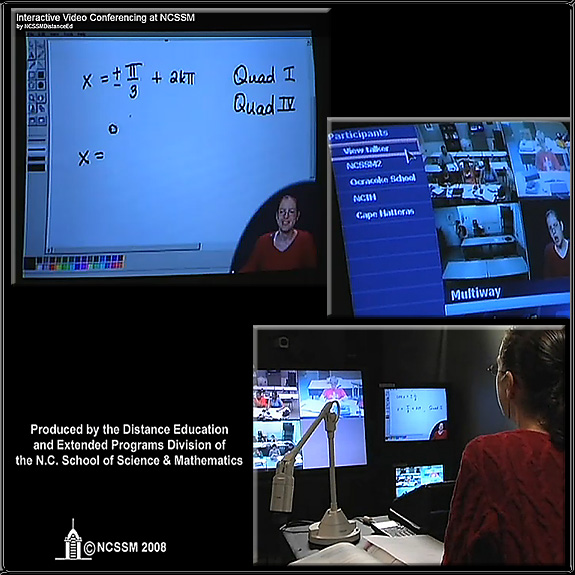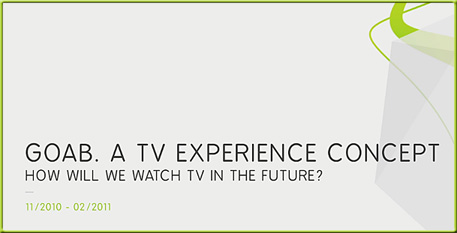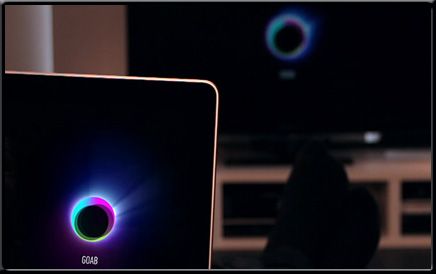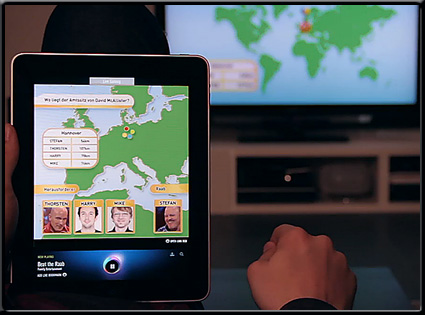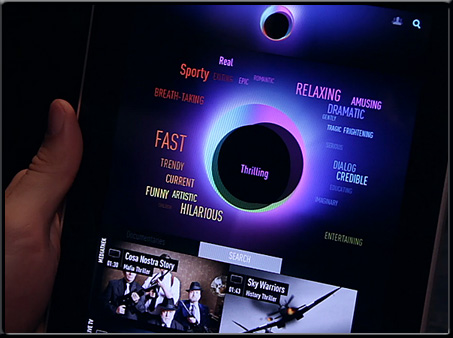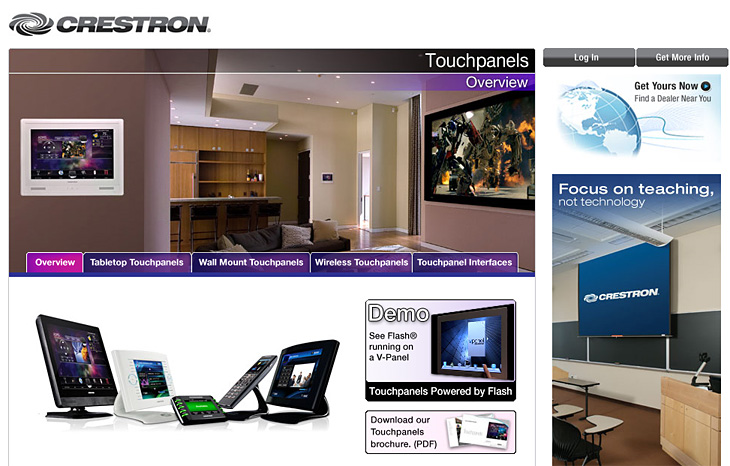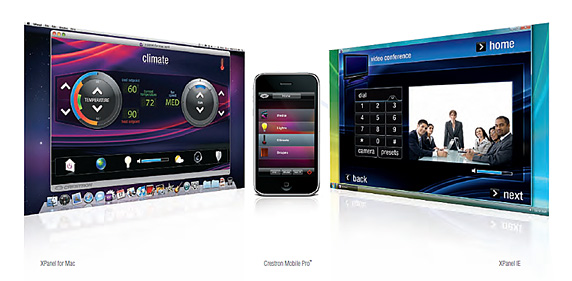Designing learning spaces — from Edmagine, posted by sonsangnim
Some of the links mentioned:
- D. Gordon, Multipurpose Spaces (2010)
- S. Harris, SCIL Place of Virtual, Pedagogic and Physical Space in the 21st Century Classroom (2010)
- Partnership for 21st Century Skills, 21st Century Learning Environments (2009).
Wi-Fi enabled smart lighting ecosystem –– TrendBird
Excerpt:
What if every light bulb had its own unique Internet IP address? The possibilities are endless: You could monitor, manage and control every light bulb from any Internet-enabled device – turning lights on and off individually, dimming or creating scenes from your smartphone, tablet, PC or TV – to save energy as well as electricity costs.
Your “smart lighting” network could have dozens or even hundreds of appliances connected through a wireless network designed for maximum energy savings, communicating information about their environment, about power consumption levels, and alerting you to any problems. Today, NXP Semiconductors (NASDAQ: NXPI) is introducing itsGreenChip™ smart lighting solution that makes the Internet-enabled, energy-efficient lighting network a reality – not only for businesses, but also for consumers trying to make the most of energy savings in the home.
Beginning tomorrow at LIGHTFAIR International, NXP and partners TCP and GreenWave Reality will be showcasing a consumer-ready, Internet-enabled Smart Lighting network powered by the GreenChip smart lighting solution in the NXP booth (no. 2823) and TCP booth (no. 2659).
NXP’s GreenChip smart lighting solution opens an entirely new dimension in energy efficient lighting
Taking next-gen classrooms beyond the pilot — from campustechnology.com by Jennifer Demski
How the University of Minnesota moved its Active Learning Classroom concept to prime time
Future of Television – Video Podcast — from Phil Leigh’s Inside Digital Media, Inc.
Related item:
- John Hendricks: The Future of Television – The Discovery Channel (May 17, 2011)
Cisco to close Flip business; cut 550 jobs; take $300M Charge — from Forbes.com by Eric Savitz
Cisco Systems (CSCO) this morning announced a multi-part plan to revamp its consumer business, including shutting down the Flip video camera business. Cisco bought Pure Digital, the company that originally made the Flip, for $590 million in 2009. While the Flip line has admirers, the widespread availability of video-capable mobile phones undermined demand for the kind of simple stand-alone video cameras offered in the Flip business.
From DSC:
Crestron’s Media Controllers do a nice job of moving the complexities of technology into the background — providing an easy to use, touch-panel interface to their media controllers (i.e. to control such “sources” as desktop computers, laptops, DVD/VHS players, document cameras, audio inputs from iPods/iPads, etc.). So no longer do you need to search for the correct remote (of the 5-10 remotes on your lectern) — you just use the touch-sensitive panel to drive your media. Very nice. The downsides to this set of technologies are the costs involved to purchase and install the equipment, as well as developing the necessary skillset to configure and maintain them.
Also see:
…and http://www.crestron.com/markets/classroom_campus_room_and_building_automation/
… and Crestron Debuts Versatile TPMC-9L Wall Mount Touch Panel Delivering Speed, Performance And Style At A Great Value
Crestron announced today [3/31/11] that the new TPMC-9L Wall Mount Touch Panel, the latest addition to its family of Core 3 OS-ready panels, is now shipping. TPMC-9L is the perfect-sized touch screen – large enough to enjoy a full, rich interactive user experience with a minimalist design that remains discreet in any setting. A 9” widescreen provides more space for designing custom graphical interfaces, and a larger display for viewing cover art, control apps and scores of other dynamic content. TPMC-9L also offers a slew of cool new media and communications tools like widgets and high-definition streaming video for IP/Web security cameras that instantly enhance whole home and building automation systems.









